The 5 sorts of celebration ladies you discover in literature. ‹ Literary Hub
Spring is soiree season. You heard it right here first. And some current books—like Aria Aber’s novel Good Woman, or Emily Witt’s investigative memoir, Well being and Security—have revived an age-old character about which the soiree orbits. The celebration woman.
I don’t imply the time period diminutively, or as gender-bound. The celebration woman in literature is an arch-type, outlined solely by a love for going out. We’d hint their roots to Edwardian gold-diggers, however they’re nearly in all places else today, too. Falling down a Okay-hole in Bushwick or Berlin. Or sneaking previous safety within the Hamptons. Personally? I’ve missed these scrappy methods.
So in that springly spirit, right here’s a taxonomy of the 5 sorts of celebration ladies you’ll discover in literature. Choose your participant, take a advice, then get again to planning your evening.
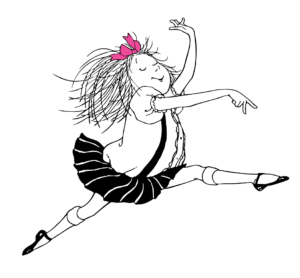
L’enfants horrible
Epitomized by Eloise, this smallest of the celebration ladies is a drive of chaotic-evil. She needs it her means or the freeway. Not but frightened by the idea of mortality, she is vulnerable to dangerous conduct. On the darkish finish of the spectrum she is really wild, just like the anti-hero of the late Jade Sharma’s Issues. You like her even when she destroys your issues, and fear the remainder of the time.
Her subsequent learn: Cynthia Weiner’s A Attractive Pleasure. This debut novel, set in an opulent 80s New York, follows a younger girl down a drug-hazy rabbit gap.
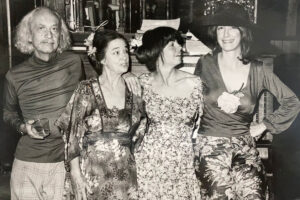
The Scenesters
Typically present in California, the scenester is a celebration woman whose social life is circumscribed by, effectively, a scene. (Or an business. The business, we could as effectively say.) She’s specific. And presumably conniving. Both ambition or loyalty tie her to a particular neighborhood. This floppy class consists of the groupies described in Pamela Des Barres’ I’m With the Band, and the numerous Hollywood hangers-on greatest depicted in Eve Babitz’s canon. On the other coast, you’ll discover the scenester within the fashions and journal milieus of Mary Gaitskill tales. And in Rona Jaffe, Daybreak Powell, and Jacqueline Susann books earlier than that.
Their subsequent learn: Hannah Levene’s Greasepaint. This experimental novel in regards to the mid-century butch bar scene intently observes a good scene.
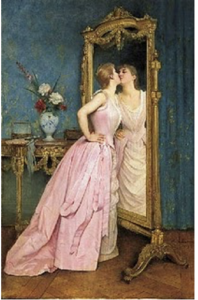
The In-It-To-Win-Its
Lydia Bennet is the queen of those jokers, who will come to your ball with an eye fixed to beat. Although maybe somewhat unpolished, somewhat uncouth—see additionally Undine Spragg of The Customized of the Nation—this gal loves an aesthetic time and covets the partner who can guarantee she’ll all the time have one. Ambition is commonly at odds with have an effect on on this case. However although she may create a scene on the soiree, the In-it-to-win-it has a real affection for the trimmings of wealth that her reluctant hosts so usually lack. Which is able to both be her downfall, or her best asset. Both means? Sport on.
Their subsequent learn: Jessie Redmon Fauset’s Plum Bun. Just lately reissued with a ahead by Morgan Jerkins, this Harlem Renaissance traditional follows Angela, a Black girl painter who passes right into a world of artsy elites in Jazz Age Manhattan.
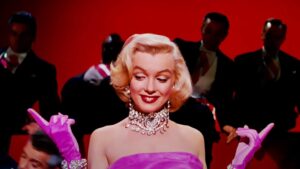
The Suave Dodgers
Much like the in-it-to-win-it in that she’s by no means met a robe she didn’t like, the suave dodger is a penniless one who loves a excessive society occasion. However she’s shrewder in relation to getting previous the crimson rope. And being much less inclined to classism, is commonly simply as snug at a gross warehouse celebration. Champagne and belief funds are good, however fascinating dialog holds the important thing to her coronary heart.
Her modern avatar is Isa Epley, of Marlowe Granados’ Pleased Hour. However antecedents embrace Lorelei Lee of Gents Desire Blondes, Sally Bowles of The Berlin Tales, Doris of The Synthetic Silk Woman, and—debatably, for striver causes—Capote’s Holly Golightly.
Their subsequent learn: Brontez Purnell’s 100 Boyfriends. You’ll discover once more the lure I’ve written myself into, with this gendered language. However this hilarious, consuming chronicle of a queer scene is chock filled with dodgers.
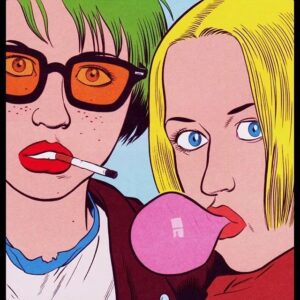
The Curious Cats
This kind accepts any stranger’s invitation on a whim. Boredom is their animus. Typically however not all the time, this visitor travels in a safety blanket set. (See Enid and Rebecca, of Daniel Clowes’ Ghost World. Or Jane Bowles’ Two Critical Girls. Or Mimi Smithers, the fashionable day Mrs. Bovary behind Robert Plunket’s Love Junkie.) But she will additionally manifest adventures alone, like Yasmin Zaher’s untitled heroine in The Coin. In any case? Right here be a drifter, off to the see the world.
Their subsequent learn: Sheena Patel’s I’m a Fan. This hypnotically bizarre novel follows an unnamed narrator with an web stalking downside proper down the rabbit-hole.
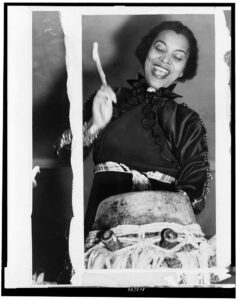
The Impartial Icons
The iconic celebration individual is outlined by a breezy confidence on high of a lust for all times. Whether or not convening a salon or flitting between A-list occasions, the icon stays entertained and entertaining. Just like the legendary writer and celebration visitor Zora Neale Hurston, she loves herself when she is laughing. Different antecedents from actual and pretend life embrace Cookie Mueller, Sally Jay Gorce of Elaine Dundy’s The Dud Avocado, and Andrea Bern of Jami Attenberg’s All Grown Up.
The icons have a dependent sub-category—the hostess with the mostest. Although they apparently want companions to finish them, Laurie Colwin’s comfortable heroes, with their meticulous banquet menus, could be discovered of their ranks. (However so can Auntie Mame.)
Their subsequent learn: Recollections of My Life as a Girl: The New York Years, by Diane Di Prima. This memoir comes from an ur-bohemian and true mid-century icon.
Photographs through, through, through, through, through, through
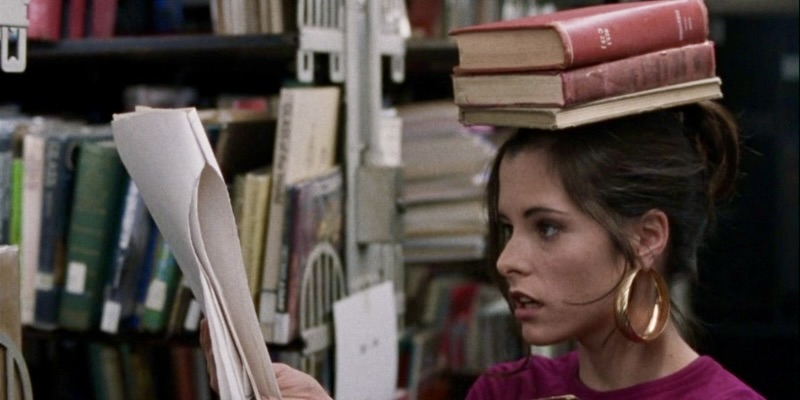
0 Comment